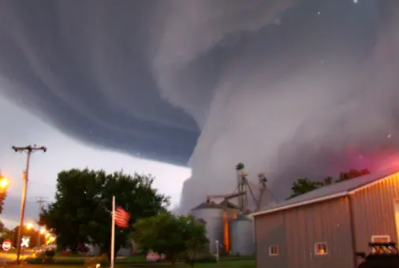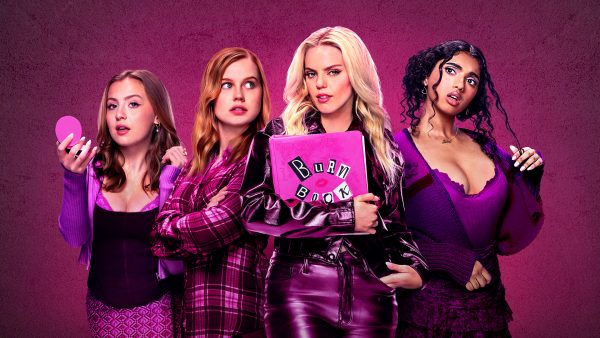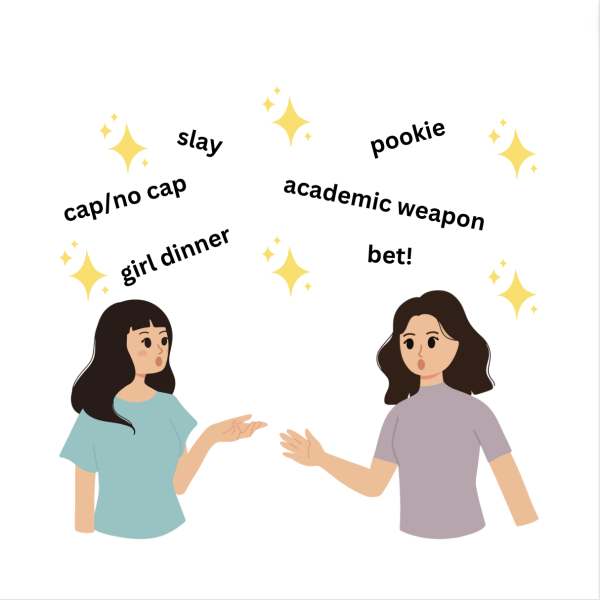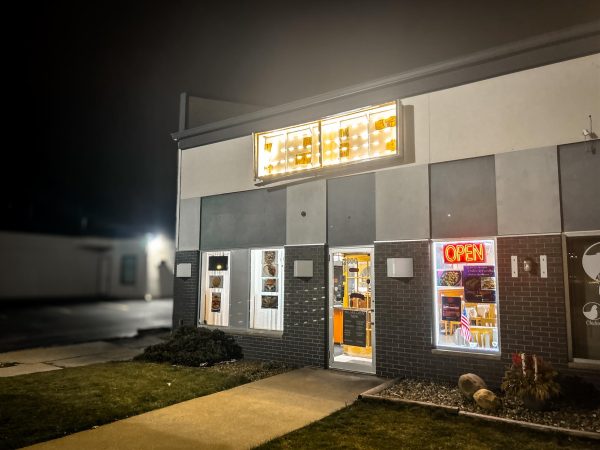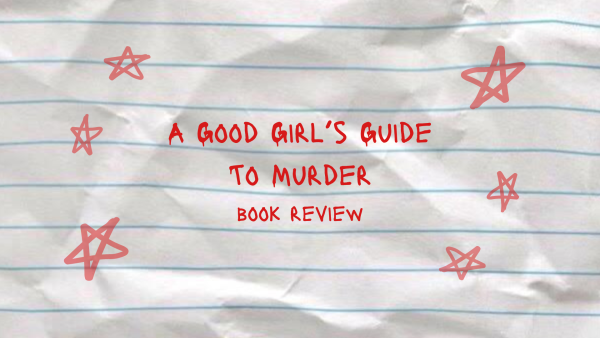A Sense of False Representation for the LGBTQ+ Community
When watching a movie and noticing one of the main characters not only looks similar to you but also has a similar identity has such a comforting feeling to it. Having films with characters that can be related to similar features helps shape society into a more comforting environment. Representation is important for anyone, whether it is seeing an actor with the same nationality or similar characteristics as you on television or in the media. Seeing yourself represented in films and society matters so much. It shows how society and others see these certain groups of people. At some points, this can help clear up false stereotypes and show that everyone is human and deserves to be treated equally, but what if the representation is not accurate or even feeds into the stereotype? What if the actors portraying these characters are not a part of these communities, is it even true representation if the role models do not face the same struggles?
I love watching movies with my siblings and getting excited to see LGBTQ+ characters and actors. All of us being a part of the LGBTQ+ community, being represented, and seeing people and characters like us make us enjoy the movie or show even more. Sometimes when I search up those LGBTQ+ characters to see if their actors are a part of the community, only to find that they aren’t, I find it somewhat disappointing from my end. Finding movies with more bisexual characters in today’s world, to be able to feel like I’m being seen, is very hard to come by especially without it feeling forced or not true enough. By including accurate and similar events in today’s history and the world, these movies are more enjoyable to watch because you have been there and know what is going on. You do not feel isolated from that world, but including in it.
Despite some improvement with having more LGBTQ+ characters in films like “Call Me By Your Name” and “Booksmart” in the past three years, the majority of the actors are not only white but are also heterosexuals. Advocacy organization GLAAD, a media moderating organization that focuses on protecting and advocating for LGBTQ people, noted a decline in non-white LGBTQ+ characters in films from 57% in 2017, 42% in 2018, and then 34% in 2019. Films like Moonlight, including the Black community and LGBTQ+ community in its film, performed quite high and won an Academy Award for Best Picture in 2016. This shows that these films can accomplish so much with these characters but it would do even more if we had actors who have similar experiences.
Entertainment Industries like Walt Disney Studios, Warner Brothers, and many others received low grades by GLAAD’s test to have LGBTQ+ representation in films, having zero films with these types of characters. Representation should look something like having LGBTQ+ characters and the struggles they go through. It is not strikingly odd that these studios have not tried adding LGBTQ+ characters into their work, as they have not made an effort or move to have one in all of their time making films. These companies have had little to no representation for these communities so adding them will obviously fill in the lack of representation in the film industries a little more. Despite this, there will be a backlash by anti-LGBTQ+ watchers and viewers and may lead to some criticism along the way of having a more inclusive environment.
Finding actors to fulfill certain roles and promote films is difficult as it is, but making LGBTQ+ movies that have LGBTQ+ actors to portray leading LGBTQ+ characters, might make the process of casting harder and longer than it already is. This may be seen as a con due to most productions being set on a tight work schedule and going the extra mile of making sure LGBTQ+ characters are played by LGBTQ+ people might seem like too much. Yes, going this extra way to have a very solid representation in the media will be a little tough but if it is able to happen, it will slowly get easier to have more and better representation. Films are very influential to society, especially now as there are so many people who identify with multiple characteristics. Having that representation shall normalize how different people are but also making sure it keeps increasing will help sustain that healthy representation.
It is not only the representation that is not being shown enough but the variety of it, in this case, transgender and LGBTQ+ characters of color in films and shows. Famously, Euphoria is probably the easier show to bring up LGBTQ+ representation not only for lesbians but also transgender women, as actress Hunter Schafer is both in the show and real life. Euphoria, like Moonlight, also performed well with its variety, having included LGBTQ+ and POC characters and actors in its show. It did so well to even pass GLAAD Media Award for Outstanding Drama Series, proving yet again that these accurate representations are valued and helpful for today’s society to branch out and become more inclusive in the media.
Due to COVID-19, it has been a little harder to produce films at the rate it once was but as our community has used films with accurate and appropriate representation, there is bound to be a spike in LGBTQ+ with the inclusion of POC with those identities to follow in more productions. As our world grows and we strived to be more forgiving and accepting, there will not be as big of a fight to get this crucial representation in our everyday life. Until then, it is a serious issue that needs to be dealt with if we want generations, later on, to be more comfortable in who they are and with one another.
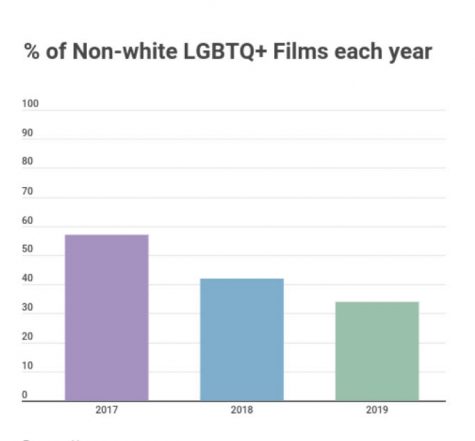
Your donation will support the student journalists of West High School. Your contribution will allow us to purchase Scholarship Yearbooks, newsroom equipment and cover our annual website hosting costs.


